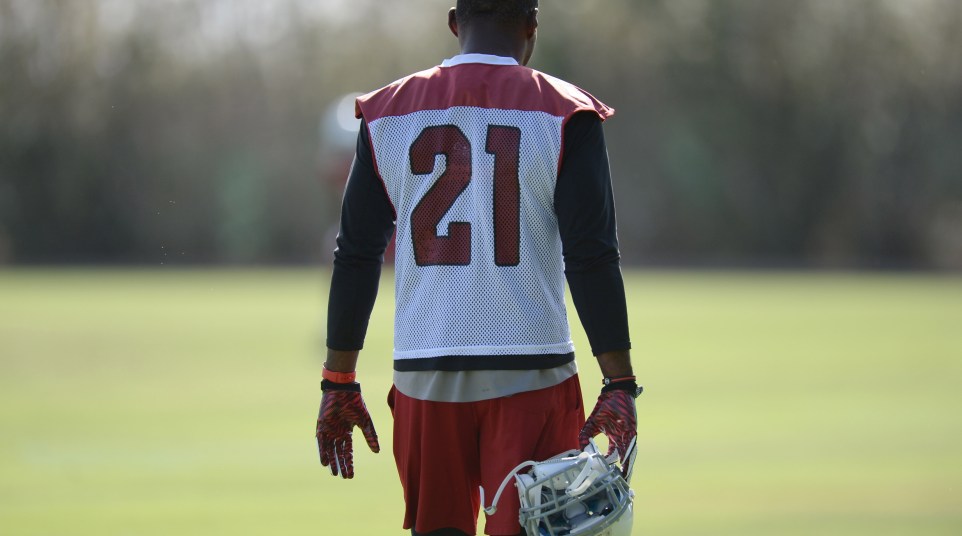
One alum who could most help LSU's 2016 team
Putting players in the past into a current context is fun mostly because you really can’t do it, so you end up with a hypothetical question being answered by a hypothetical question.
Take LSU.
If you had to pick one player from the past to help the current team, you might be inclined to go for the only Heisman Trophy winner in school history, Billy Cannon.
But Cannon ran for fewer yards in three years (1,867 yards) than what 2016 Heisman candidate Leonard Fournette ran for last season (1,953 yards). And his versatility, a trait that helped him win the Heisman in 1959, doesn’t necessarily translate to today’s era of specialization.
The hypothetical? Do his 1950s talents translate to a 2016 game?
Or, take quarterback. Surely some LSU fans would want a more productive player than Brandon Harris to lead it to a championship. But LSU’s championship-caliber quarterbacks — Tommy Hodson, JaMarcus Russell and Bert Jones — never won national championships and the national championship quarterbacks — Warren Rab, Matt Mauk and Matt Flynn — didn’t throw for huge numbers.
The only NFL Hall of Fame quarterback from LSU, Y.A. Tittle, played in an era of run-first football and while he went on to become one of the NFL’s best passers, it doesn’t seem fair to base this on a player’s pro career as opposed to his college statistics.
So the hypothetical: Would Les Miles let a college quarterback who ran a running offense do anything but hand the ball to Fournette?
Given none of the quarterbacks stand out enough and the Heisman Trophy winner may be redundant to what LSU has now, my pick would be:
CB Patrick Peterson
We all hear about how bad LSU is throwing the football, but what many people don’t know is that LSU was as bad defending the pass (12th in the 14-team league) as it was at throwing it (also 12th).
Some of that can be attributed to youth and blown assignments, but some of it is the Tigers seem to have lost some swagger on the back end, something it could regain if it could have one more retro year of the best cornerback from the SEC in the BCS era.
Patterson’s ability to take out an opponent’s best receiver would change the dynamics of the defense and would also lead to shifts in personnel — imagine how tough LSU would be with talented young Kevin Toliver in more of a nickel role.
With Peterson, Tre’Davious White and Toliver handling receivers in the typical three-wide set, the Tigers would better be able to use numbers to stop the run, helping address concerns that the current defensive line might be too small for the 3-4 defense LSU is moving to.
We also considered Tyrann Mathieu for his versatility in the secondary and his ability to create turnovers — LSU was just 12th in the league in interceptions last year — but considering how the Honey Badger’s career ended with a dismissal from the team, that didn’t seem appropriate.
We also considered Glenn Dorsey, who could add a dominant force on the defensive front, but the Tigers are already pretty good up front and Dorsey, a 295-pounder, doesn’t address the line’s most pressing need, which is a bulky, natural 3-4 nose tackle.
Another player considered was LSU’s all-time best linebacker Warren Capone, but LSU has a pretty good leader at the position in Kendell Beckwith, and in the era of the spread, modern football is more about covering players in space, so DBs have arguably become more important than LBs.
On offense, LSU has talent at receiver and the offensive line and no former running back — not Kevin Faulk, Cannon or Jeremy Hill — would be an upgrade over Fournette.
So for the Tigers, let’s make the secondary “DBU” again and bring back Peterson. If it could, LSU would go from being 12th in the SEC in pass defense to having probably the best pass defense in the nation.
